Carbon Design System
he open source design platform for goods and digital experiences used by IBM is called Carbon.
Visit Website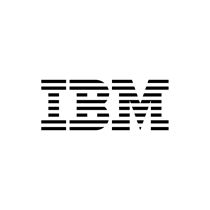
he open source design platform for goods and digital experiences used by IBM is called Carbon.
Visit WebsiteThe open source design platform for goods and digital experiences used by IBM is called Carbon. The system is built on the IBM Design Language and includes working code, design materials, rules for user interfaces, and a thriving contributor community.
A design system is a set of pre-made, reusable resources—components, patterns, instructions, and code—that enables its users to create consistent digital experiences more quickly. Teams spend less time creating and building by utilizing Carbon's pre-built and universal components. Instead of repeatedly creating fundamental components, businesses may utilize that time to develop goods that are specifically tailored to the needs of their customers.
IBM provided the funding and resources for Carbon, thus it was created to meet their business requirements. However, we made Carbon open source so that anyone could use it and contribute to it. Although its focus is mostly on open source, Carbon also supports a number of IBM business units that use an inner source architecture.
The Carbon team is dedicated to assisting community members in successfully adopting and utilizing Carbon assets.
Open is carbon. A dispersed team is working on the design system under the open source movement's guiding principles. Everyone is encouraged to participate because Carbon's users are also its creators.
Carbon is open to anyone. It is constructed and planned to be available to everyone, regardless of circumstance or ability.
Carbon is versatile and modular. The modularity of the system guarantees maximal execution flexibility. Any combination that best serves the demands of the user will result in its components operating together without any issues.
Carbon prioritizes the user. Carbon has a laser-like focus on actual people by doing in-depth research on user needs and preferences.
Carbon increases reliability. Every part and component of Carbon, which is based on the IBM Design Language, was created from the ground up to function beautifully together to deliver consistent, harmonious user experiences.
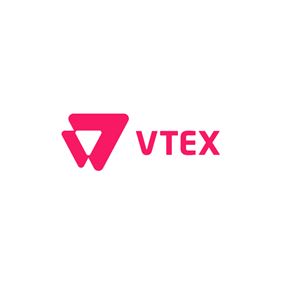
VTEX Styleguide is the design system for VTEX, serving as the home for all reusable patterns, components, and assets related to product design.

Figma's UI2 Design System is a comprehensive set of design guidelines and resources that help teams create consistent, high-quality user interfaces (UIs) across web, mobile, and other digital platforms.

You may speed up your design system by using the opinionated collection of open-source tools and frameworks known as The Radius.
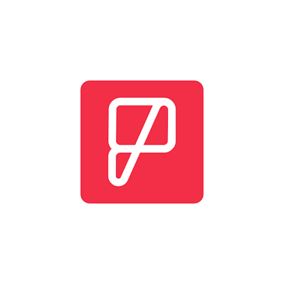
At Twilio, the Paste design system is employed to create user interfaces that are intuitive, unified, and of the highest caliber. With tools and resources, Paste assists Product Designers and Engineers in creating consumer UIs in Figma and React.
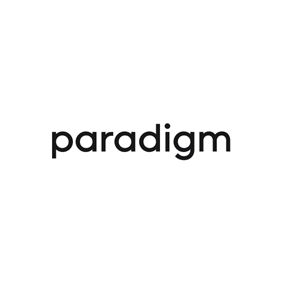
For Mail.ru products, Paradigm is a design system that enables us to preserve the integrity of the user experience while streamlining design and development resources.
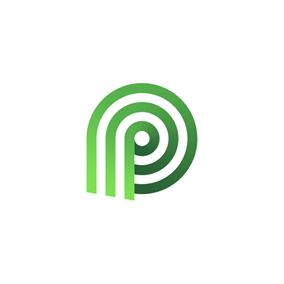
The goal of the Palmetto Design System is to make it easier and faster for us to produce applications with the Palmetto brand.

These rules establish the requirements for maintaining a consistent brand image. The GitLab brand has developed into what it is today because to the cooperation of many contributors and iterative procedures, just like their product and business. It serves as a creative outlet for Gitlab's mission, vision, and core principles.